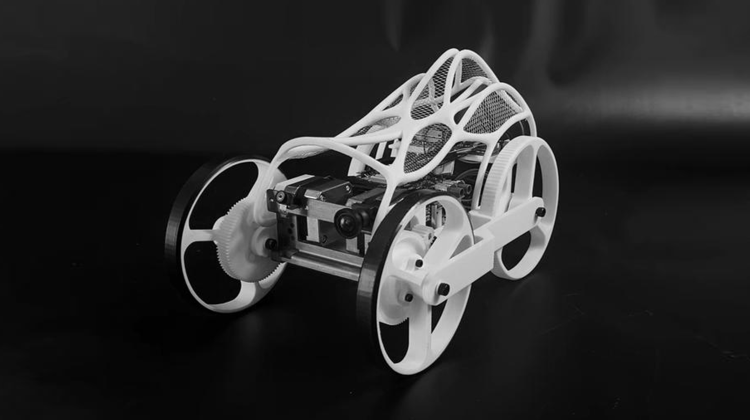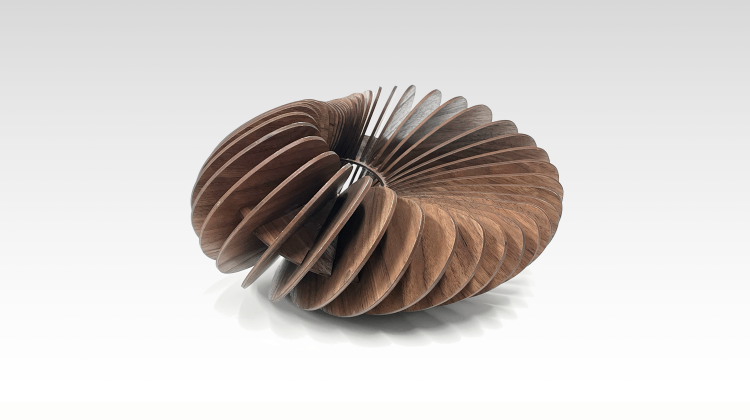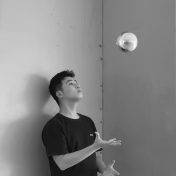Shengtao Shen
Shengtao Shen is an MArch Candidate at the MIT School of Architecture and Planning. His research focuses on the weaving of coincidences between the structure of the physical environment and the emotional landscape of humans. Through intelligent manufacturing, computational design, and digital fabrication, he investigates how human emotions can find tangible expression in space. Alongside architectural research, he brings hands-on experience in furniture design and fabrication, recognized with the Excellent Award at the 4th Annual “Kengo Kuma & Higashikawa” KAGU Design Competition.
Projects
Shy Parasite
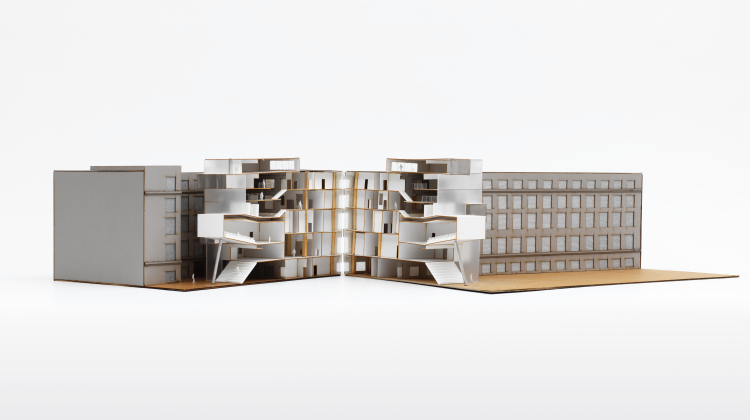
This project proposes a parasitic addition that attaches to the circulation spaces of an existing MIT building. It develops a new architectural form that is functionally independent but spatially dependent—coexisting with the host rather than replacing it.
The addition is designed with a dual character: in section, it penetrates and reconfigures parts of the old structure; in elevation, a continuous new façade conceals these insertions, presenting a unified external image. Spaces transition from public to private, and from light to dark, as they extend from the exterior into the existing building. Some original spaces are reprogrammed, allowing old and new to interact without full assimilation.
The addition is designed with a dual character: in section, it penetrates and reconfigures parts of the old structure; in elevation, a continuous new façade conceals these insertions, presenting a unified external image. Spaces transition from public to private, and from light to dark, as they extend from the exterior into the existing building. Some original spaces are reprogrammed, allowing old and new to interact without full assimilation.
As If, As Not
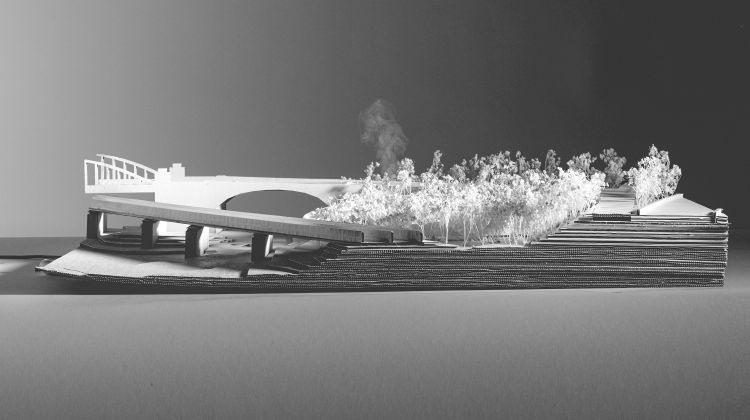
Between the city and the forest, a mist quietly rises.
As If, As Not is an interfaith chapel designed as an elliptical pavilion. It guides visitors through a spatial journey from perception to reflection. The enclosed half contains meditation rooms framing views of mist, fostering solitude or quiet togetherness. As visitors move outward onto the boardwalk, the mist’s artificial source is revealed, shifting the experience from awe to awareness. The architecture enacts a cycle of belief, rupture, and return—offering a non-denominational space where meaning emerges not through symbols, but through the act of seeing, doubting, and seeing again.
As If, As Not is an interfaith chapel designed as an elliptical pavilion. It guides visitors through a spatial journey from perception to reflection. The enclosed half contains meditation rooms framing views of mist, fostering solitude or quiet togetherness. As visitors move outward onto the boardwalk, the mist’s artificial source is revealed, shifting the experience from awe to awareness. The architecture enacts a cycle of belief, rupture, and return—offering a non-denominational space where meaning emerges not through symbols, but through the act of seeing, doubting, and seeing again.
This prototype project introduces a reconnaissance rover designed to enhance firefighter safety and efficiency in hazardous environments.
Equipped with image recognition and environmental sensors, the rover can identify people, pets, and fire hotspots while monitoring air quality and temperature. All data is transmitted in real time to a head-mounted display, where key information is overlaid onto the user's view, providing critical insight before entering danger zones.
With a modular and adaptable system, the technology can be extended to drones, robotic platforms, or wearable devices, making it applicable to disaster response, industrial inspections, and other high-risk scenarios.
Equipped with image recognition and environmental sensors, the rover can identify people, pets, and fire hotspots while monitoring air quality and temperature. All data is transmitted in real time to a head-mounted display, where key information is overlaid onto the user's view, providing critical insight before entering danger zones.
With a modular and adaptable system, the technology can be extended to drones, robotic platforms, or wearable devices, making it applicable to disaster response, industrial inspections, and other high-risk scenarios.
Trees with Amnesia
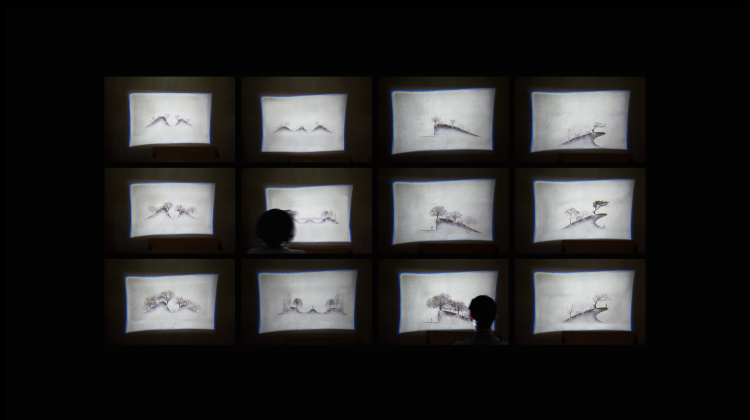
What happens when a tree forgets where it came from?
Trees don’t choose cities—they simply adapt, their roots winding through concrete, enduring without purpose.
In this work, trees are lifted from its context. We ask: if they are no longer needed, will it still grow? Four terrains are cast as cross-sections, each a fiction of a place that never was. Thirty years of growth are compressed into a roll of film, each moment transferred gently onto transparent layers.
The projector acts as a narrator of another time, layering past and future, possible and impossible, into a light cone. Images overlap. Time fractures, folds, and quietly continues.
This is a documentary for the voiceless—an elegy, disguised as science.
Trees don’t choose cities—they simply adapt, their roots winding through concrete, enduring without purpose.
In this work, trees are lifted from its context. We ask: if they are no longer needed, will it still grow? Four terrains are cast as cross-sections, each a fiction of a place that never was. Thirty years of growth are compressed into a roll of film, each moment transferred gently onto transparent layers.
The projector acts as a narrator of another time, layering past and future, possible and impossible, into a light cone. Images overlap. Time fractures, folds, and quietly continues.
This is a documentary for the voiceless—an elegy, disguised as science.
Squirrels, foxes, and deer leave traces, silently coexisting with humans like distant pen pals. This furniture acts as a herald.
Made from local sawdust and soil, this biodegradable furniture honors Higashikawa’s nature. For visitors, it’s a resting spot; for animals, a shelter. People leave food and notes; animals leave marks in reply.
Over time, plants reclaim it, blending into the landscape. The structure fades, leaving only nature to thrive.
Made from local sawdust and soil, this biodegradable furniture honors Higashikawa’s nature. For visitors, it’s a resting spot; for animals, a shelter. People leave food and notes; animals leave marks in reply.
Over time, plants reclaim it, blending into the landscape. The structure fades, leaving only nature to thrive.
Chimera
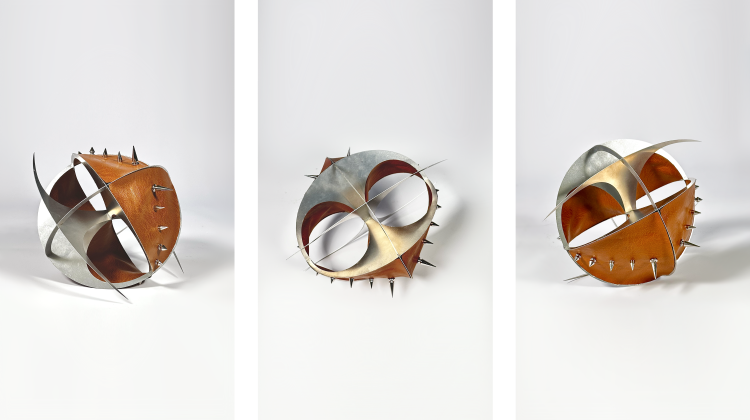
We are afraid of becoming something else.
Not of rupture, but of the slow drift toward unfamiliar states—where the self blurs, and identity dissolves.
Chimera is a condition. It holds together what should not coexist. Steel pierces leather; geometry grips flesh. These materials resist each other—they bind, collide, and compromise. Fear lives in this uneasy fusion.
This work is not about fear as reaction, but as presence—a quiet awareness that something has changed, and will not return to what it was.
Not of rupture, but of the slow drift toward unfamiliar states—where the self blurs, and identity dissolves.
Chimera is a condition. It holds together what should not coexist. Steel pierces leather; geometry grips flesh. These materials resist each other—they bind, collide, and compromise. Fear lives in this uneasy fusion.
This work is not about fear as reaction, but as presence—a quiet awareness that something has changed, and will not return to what it was.
Building a Tower
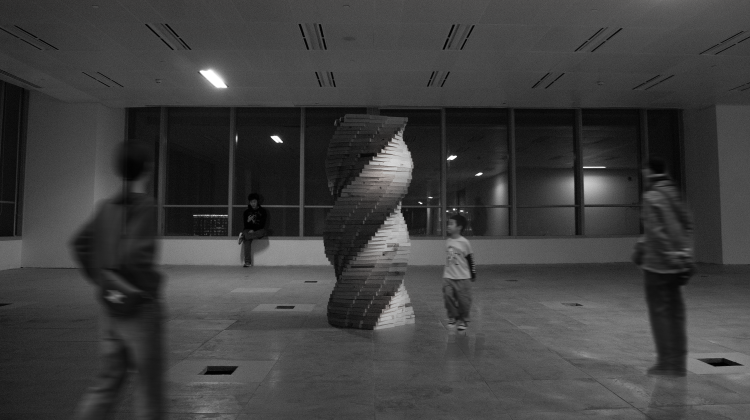
How can architectural narratives being a metaphor for the plight of the city today?
A Love Letter to the Sky
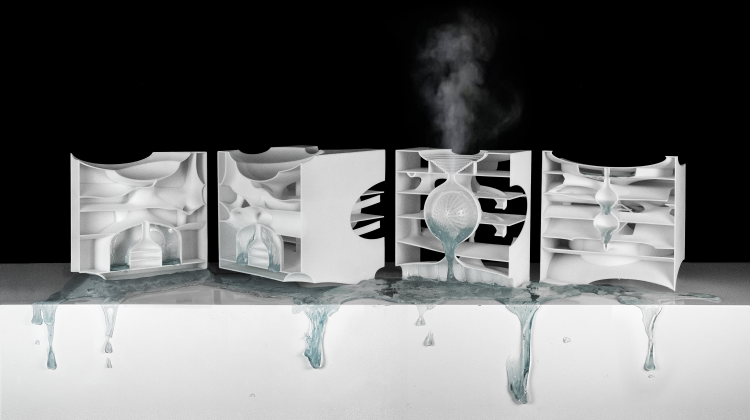
What happens when a building learns to love?
- To whom may never reply
- To whom may never reply



